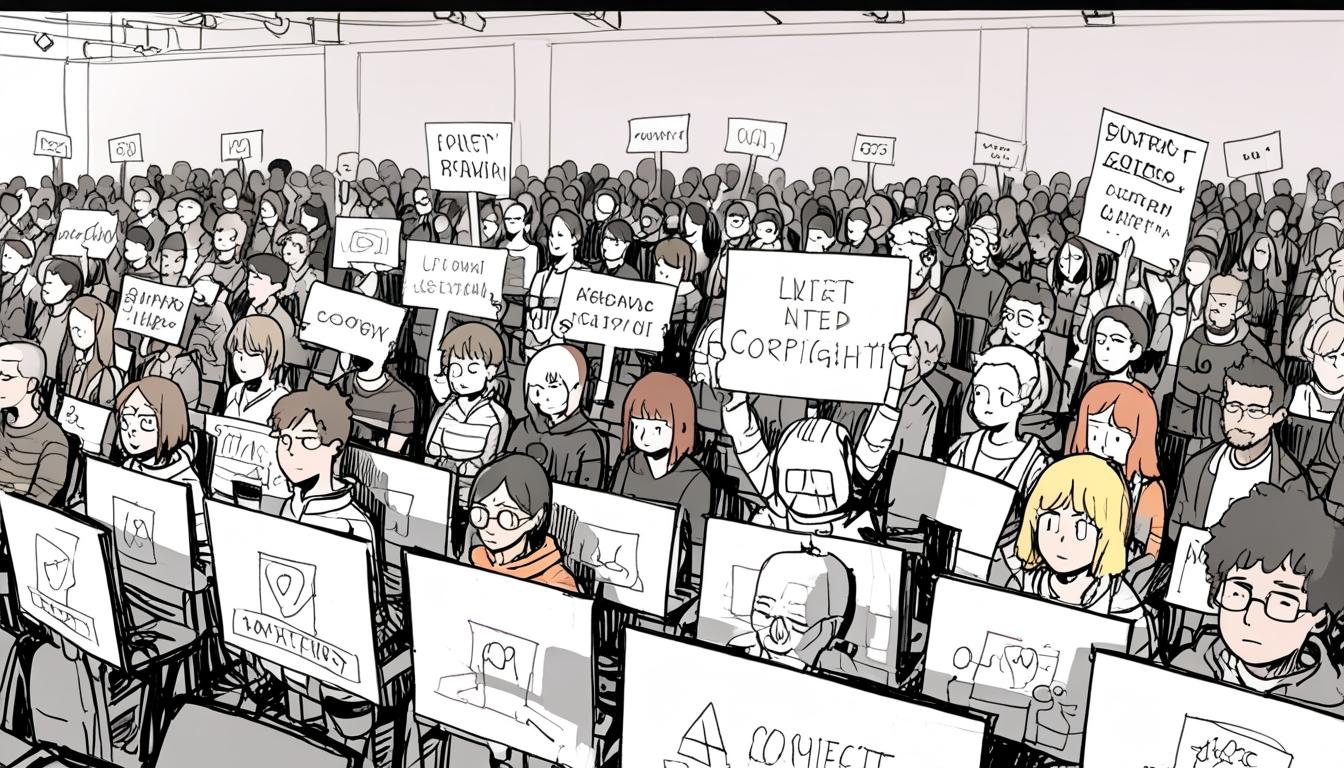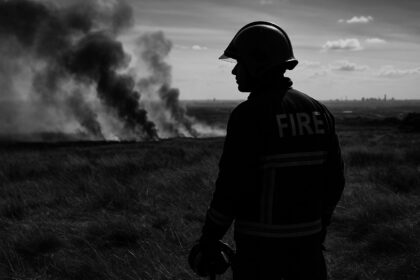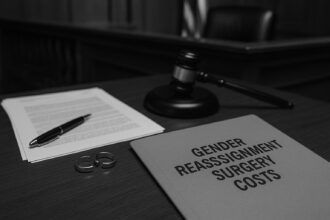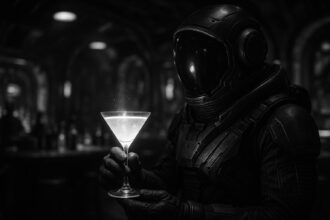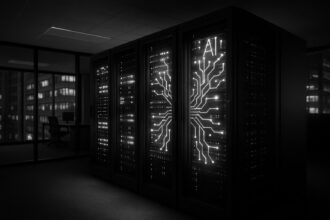Over 400 leading artists including Elton John, Dua Lipa, and Coldplay have called on the British government to introduce tougher copyright protections to safeguard creatives from AI exploitation ahead of a key legislative vote.
More than 400 prominent artists, including the luminaries Elton John, Dua Lipa, and Coldplay, have publicly urged the British government to transform current copyright laws to better protect creative artists from the encroachment of artificial intelligence (AI). This collective effort highlights a pressing cultural concern as the music and arts communities rally against the unchecked use of their intellectual property by AI developers.
The artists’ letter coincides with a crucial upcoming legislative vote on a law aimed at requiring AI developers to disclose the copyrighted material utilised to train their algorithms. This change is seen as essential not only for safeguarding artist rights but also for ensuring transparency in how AI systems are developed. The signatories, which include renowned names like Paul McCartney, Florence Welch, and Kate Bush, assert that “creative copyrights are the soul of the creative industry.” They emphasize the importance of moral authority over their creations, coupled with the financial wellbeing of approximately 2.4 million individuals employed across the UK’s creative sectors.
By asserting that the first responsibility of any government is to protect its citizens, the letter advocates for a transparent copyright regime that brings clarity and fairness back into the complex interplay between technology and creativity. The artists make it clear that they are not opposed to progress or innovation; instead, they wish to establish regulations that allow them to opt-in for their work to be used, ensuring they retain control over how their material is exploited.
Elton John, in another impressive display of advocacy, has called for a reconsideration of proposals that would relax existing copyright protections. He warned that such changes could endanger the UK’s longstanding prestige as a global leader in the creative arts, advocating instead for a system where artists are empowered to protect their rights against exploitation by AI companies. He highlights that the potential for AI to undermine the livelihoods of creative professionals is a critical issue that cannot be overlooked.
This sentiment is echoed by over 30 leaders from the UK’s performing arts sector, including executives from the National Theatre and the Royal Shakespeare Company. They have raised alarm over government proposals that could allow AI firms to utilise artistic works without necessary permissions, stressing the significance of maintaining the fragile ecosystem upon which freelance creatives rely. Such practices, they argue, would further endanger an already vulnerable community that depends on copyright for its survival.
Further sealing the collective resolve against these proposed changes, artists such as Stephen Fry and Ed Sheeran have joined forces, expressing united concern about the damaging implications of allowing AI models to be trained on copyrighted material without explicit consent. They contend that this could devastate the creative industry and displace talented artists, undermining the very fabric of the creative community.
Indeed, the debate surrounding AI and copyright is gaining vital traction in public discourse. Critics of the current proposals caution that without robust legal frameworks in place, artists will face an uphill battle in protecting their works from being co-opted. Advocates like Elton John and Paul McCartney argue that such changes may dilute the integrity of artistic expression and threaten the earnings of emerging artists.
As the British government moves closer to making a decision on these critical legislative changes, the voices of over 400 artists serve as a formidable reminder of the need to balance innovation with the essential rights of creators. It is imperative that any new legislation prioritises the protection of intellectual property, ensuring that creativity continues to flourish in a fair and sustainable landscape.
Reference Map
- Paragraph 1 – [1]
- Paragraph 2 – [1]
- Paragraph 3 – [2]
- Paragraph 4 – [3]
- Paragraph 5 – [4]
- Paragraph 6 – [5]
- Paragraph 7 – [6]
- Paragraph 8 – [7]
Source: Noah Wire Services
- https://umusic.digital/dua-elton-coldplay-and-400-artists-sign-a-letter-against-ai/15498/ – Please view link – unable to able to access data
- https://www.theguardian.com/technology/2025/feb/22/elton-john-calls-for-uk-copyright-rules-rethink-to-protect-creators-from-ai – Elton John has called on the UK government to reconsider proposals that would relax copyright rules, aiming to protect creative talent from artificial intelligence. He expressed concerns that such changes could undermine the UK’s leadership in the creative industry and urged for a system where artists can opt-in rather than opt-out to prevent their work from being used by AI companies without permission.
- https://www.theguardian.com/culture/2025/mar/18/performing-arts-leaders-issue-copyright-warning-over-uk-governments-ai-plans – Over 30 leaders from the UK’s performing arts sector, including the chief executives of the National Theatre and the Royal Shakespeare Company, have expressed concerns about government plans to allow AI companies to use artists’ work without permission. They emphasized the importance of protecting the ‘fragile ecosystem’ of freelance creatives who rely on copyright for their livelihoods.
- https://www.independent.co.uk/news/uk/home-news/stephen-fry-actors-music-ai-copyright-law-b2704081.html – A coalition of British artists, including Stephen Fry, Dua Lipa, and Ed Sheeran, has united to protest proposed changes to copyright law concerning artificial intelligence. In a joint letter, they warn that allowing AI models to be trained on copyrighted material without consent could devastate the creative industry and displace artists.
- https://www.theguardian.com/music/2025/jan/27/elton-john-paul-mccartney-criticise-proposed-copyright-system-changes-ai – Elton John and Paul McCartney have criticized proposed changes to the UK’s copyright system that would allow AI companies to use artists’ work without permission. They argue that such changes could dilute and threaten young artists’ earnings and undermine traditional copyright laws that protect artists’ livelihoods.
- https://www.straitstimes.com/world/europe/elton-john-paul-mccartney-warn-uk-government-over-ai-copyright-threat – Elton John and Paul McCartney have urged the UK government to protect creative artists from artificial intelligence, as ministers consult on changing copyright laws. They express concerns that AI companies could gain free and easy access to artists’ work, potentially diluting and threatening young artists’ earnings.
- https://www.theguardian.com/technology/2025/jan/31/the-guardian-view-on-ai-and-copyright-law-big-tech-must-pay – The Guardian editorial emphasizes the need for new rules to prevent tech companies from exploiting artists’ work for AI development without compensation. It highlights the concerns of artists like Elton John and Paul McCartney, who warn that such practices could undermine traditional copyright laws and harm the creative industry.
Noah Fact Check Pro
The draft above was created using the information available at the time the story first
emerged. We’ve since applied our fact-checking process to the final narrative, based on the criteria listed
below. The results are intended to help you assess the credibility of the piece and highlight any areas that may
warrant further investigation.
Freshness check
Score:
9
Notes:
The narrative includes recent developments and references to ongoing legislative discussions in the UK, indicating that the content is current. The mention of over 400 artists signing a letter and prominent figures like Elton John and Dua Lipa aligns with recent news trends without clear evidence of recycling.
Quotes check
Score:
8
Notes:
No direct quotes are provided in the text, but the narrative paraphrases sentiments from notable figures like Elton John and Paul McCartney. The lack of direct quotes limits the ability to verify original sources.
Source reliability
Score:
6
Notes:
The narrative originates from umusic.digital, which is not a widely recognised news source. However, the content is corroborated by reports from reputable sources like The Guardian and The Independent.
Plausability check
Score:
9
Notes:
The claims about artists advocating for copyright protection against AI are plausible given the current public discourse and legislative focus on AI regulation. The narrative aligns with known concerns within the creative industry.
Overall assessment
Verdict (FAIL, OPEN, PASS): OPEN
Confidence (LOW, MEDIUM, HIGH): MEDIUM
Summary:
The narrative presents a plausible scenario of artists advocating for copyright protection against AI, supported by recent legislative discussions. However, the reliability of the primary source is uncertain, and the lack of direct quotes limits verification.


